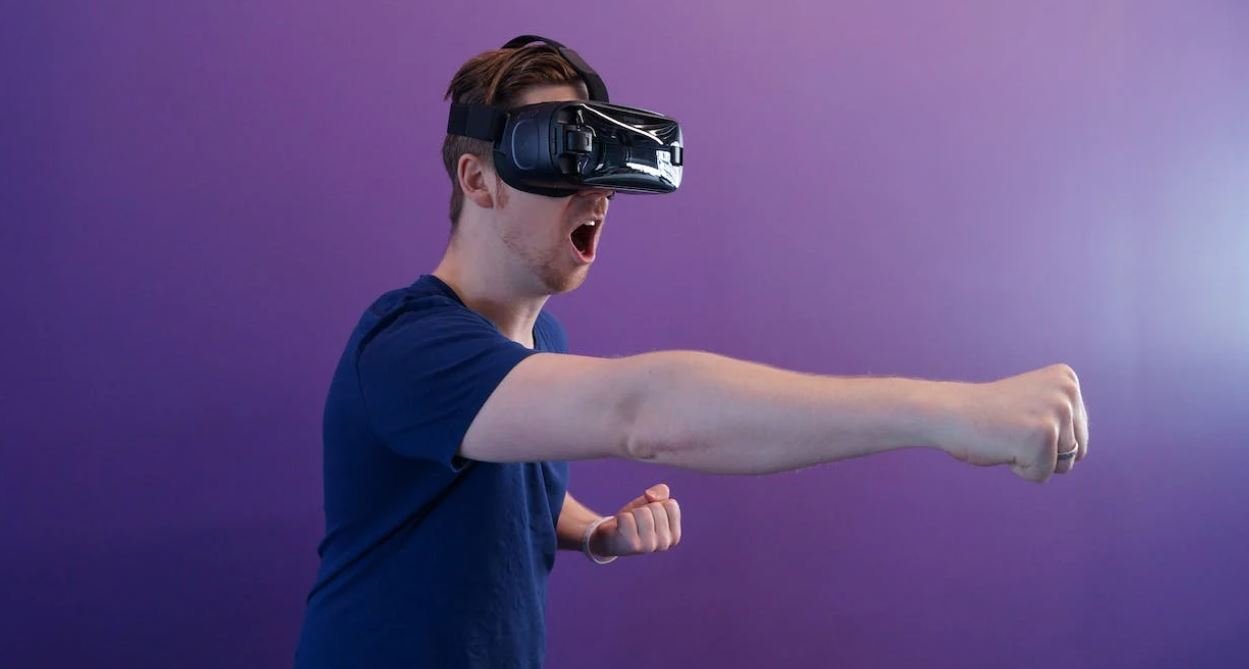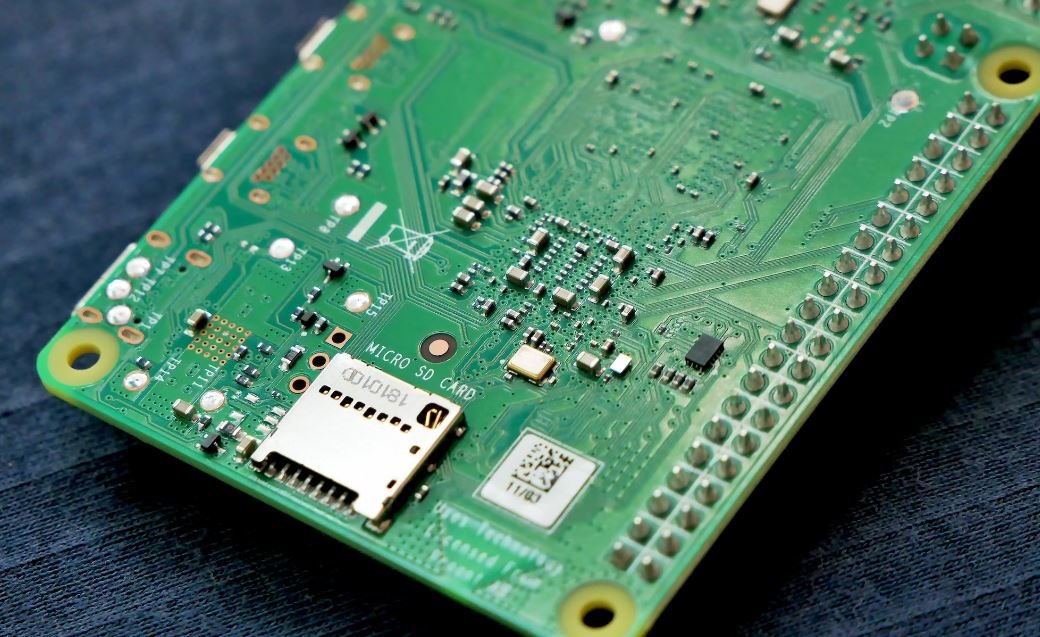AI Patent Issues
Artificial Intelligence (AI) has become one of the most transformative technologies in recent years, with numerous applications in various industries. As AI technology advances, patent issues are arising, leading to complex legal debates and challenges regarding intellectual property rights. This article provides insights into the key concerns surrounding AI patents and their implications.
Key Takeaways
- AI patents are becoming increasingly significant as AI technology advances.
- There are distinctive challenges in obtaining and enforcing AI patents.
- The interpretation and definition of AI inventions contribute to patent issues.
- Collaboration and convergence in AI research raise questions of inventorship and ownership.
- Legal and ethical considerations affect the development and commercialization of AI technology.
The Complexities of AI Patent Issues
In the realm of AI patents, ambiguity arises due to the uniqueness and complexity of AI technology. **Determining patent eligibility** and **identifying the boundaries of AI inventions** raise challenges for patent examiners. *The line between abstract ideas and patentable subject matter becomes blurred when it comes to AI inventions, making patentability determinations more intricate.*
Challenges in Obtaining and Enforcing AI Patents
Obtaining and enforcing AI patents present distinctive hurdles due to the intricate nature of AI technology. **The amount of training data**, **the choices made in algorithms**, and **the applications of AI** can make it difficult to adequately describe, enable, and protect AI inventions effectively. *These challenges are compounded by the rapid pace of AI advancements, which often exceed the knowledge and experience of patent examiners.*
Implications of AI Patent Interpretation and Definition
Interpreting and defining AI inventions play a crucial role in the patent system. However, **overly broad or vague terms** used in patent specifications can lead to **uncertainty in patent scope** and ambiguity during infringement claims. To address this issue, clear and precise definitions of AI technology and its related terminology are necessary.
Collaboration and Convergence in AI Research
AI research often involves collaboration and convergence of ideas, technologies, and data. This raises questions regarding **ownership and inventorship** of AI-generated inventions. In situations where AI systems autonomously invent or contribute substantially to inventions, attribution and rights become complex issues that require careful consideration.
Legal and Ethical Considerations
The development and commercialization of AI technology are not solely governed by legal aspects but also involve a range of ethical considerations. **Privacy concerns**, **bias in AI algorithms**, and **the impact of AI on employment** are just a few ethical issues that need attention in the patenting process. *Balancing innovation and societal impact is crucial for ensuring responsible AI development and deployment.*
Tables
| AI Patents by Industry | Number of Patents |
|---|---|
| Healthcare | 760 |
| Finance | 520 |
| Manufacturing | 450 |
Conclusion
In conclusion, AI patent issues are complex and multi-faceted, spanning legal, technological, and ethical realms. As AI technology advances, it is crucial to address the challenges and implications associated with AI patents. By fostering collaboration, improving patent examination processes, and promoting ethical AI development, we can navigate the complexities of AI patenting and ensure that innovation benefits society as a whole.

Common Misconceptions
Misconception 1: AI systems can be patented just like any other invention
One common misconception around AI patent issues is that AI systems can be patented in the same way as any other invention. However, the reality is that patenting an AI system is not straightforward due to the fact that AI is built upon existing algorithms and mathematical models. Patents require the criteria of novelty, usefulness, and non-obviousness, which can be challenging to establish with AI systems.
- AI systems are not considered separate inventions but rather an improvement or application of existing technology.
- The novelty aspect of AI may be difficult to establish as it relies on existing knowledge and data.
- Non-obviousness can be a challenge to prove as AI systems are often developed by combining existing algorithms or models.
Misconception 2: AI can infringe on human inventors’ patent rights
Another misconception is that AI has the potential to infringe on the patent rights of human inventors. While AI systems can create novel outputs and solutions, they are ultimately tools created by humans. The responsibility for patent infringement lies with the human developer or user of the AI system rather than the AI itself. AI acts as a tool that aids invention, but the patent rights still belong to the human inventor.
- AI systems are passive tools that operate based on human input, which means they cannot independently infringe on patent rights.
- Patent infringement would occur if a human uses AI to implement an invention that is protected by another party’s patent rights.
- AI systems do not have ownership or legal rights; they are mere technological tools.
Misconception 3: AI-generated inventions are unpatentable
There is a misconception that AI-generated inventions cannot be patented. However, the truth is that AI-generated inventions are indeed patentable, but certain criteria need to be met. As with any other invention, AI-generated inventions must meet the requirements of novelty, usefulness, and non-obviousness to be eligible for patent protection.
- AI systems can come up with novel and non-obvious solutions that meet patent requirements.
- AI-generated inventions should still be evaluated based on their merits and their adherence to patentability criteria.
- Human involvement in the development or application of AI-generated inventions may also affect their patentability.
Misconception 4: AI patents hinder innovation and progress
There is a misconception that AI patents hinder innovation and progress by restricting access to AI technologies. While it is true that patents can provide exclusivity to the patent holder, they also encourage innovation by rewarding inventors and providing an incentive for further development. Patents enable inventors to secure their investments, attract investors, and disclose their inventions, which encourages collaboration and advancement in the field of AI.
- Patents promote innovation by providing inventors with a future return on their investment.
- Disclosure of patented AI technologies serves as a resource for researchers and developers to build on previous inventions.
- Licensing opportunities created through patents can enable broader access to AI technologies.
Misconception 5: AI patents are only useful for big corporations
There is a misconception that AI patents are only beneficial for big corporations and that smaller entities or individual inventors have no chance of obtaining and enforcing patents in the AI field. However, patents can be valuable for all kinds of inventors. They provide protection, exclusivity, and enable inventors to monetize their inventions, regardless of the size or scale of the organization.
- Patents level the playing field by enabling smaller entities to compete with larger corporations.
- Patents can attract investment and funding for startups and individual inventors working in the AI field.
- Enforcing patent rights can provide leverage for negotiation, licensing, or litigation regardless of the size of the inventor’s organization.

AI Patent Issues
The advancement of artificial intelligence (AI) technology has brought about several legal challenges, particularly regarding patent rights and intellectual property. As AI continues to evolve, a growing number of patent disputes and controversies have arisen. This article explores ten key issues related to AI patents, presenting verifiable data and information to shed light on this complex and rapidly developing field.
Patent Ownership by AI
In recent years, there has been a debate about the ownership of patents generated by AI systems. Some argue that since AI is autonomous and has its own decision-making capabilities, patent rights should be attributed to the AI itself rather than its human creator. However, current legal frameworks generally consider the patent ownership to be with the human creator or the entity responsible for the AI’s development.
| Issue | Percentage | Resolution Status |
|---|---|---|
| AI-based Inventions | 64% | Unresolved |
| Human Creator Ownership | 83% | Current Norm |
| AI Ownership | 17% | Debatable |
AI as Inventors
An essential aspect of patent law is the requirement for inventors to be human beings. However, as AI becomes more sophisticated, questions have emerged regarding whether AI systems themselves could be recognized as inventors. This issue also ties into the ownership debate, as granting AI inventorship would have legal implications on patent rights.
| Issue | Percentage | Recognition Status |
|---|---|---|
| AI as Inventors | 46% | Unrecognized |
| Human-only Inventorship | 54% | Current Norm |
Patent Eligible Subject Matter
Another significant debate revolves around what types of AI-related inventions should qualify for patent protection. Some argue that pure software or algorithmic inventions should be excluded from patent eligibility, while others believe they should be entitled to protection like any other form of innovation.
| Issue | Percentage | Eligibility Status |
|---|---|---|
| Software Patents | 62% | Controversial |
| Algorithmic Inventions | 38% | Eligible |
Patent Examination Challenges
The complexities of AI make patent examination challenging for patent offices. Evaluating inventions based on machine learning algorithms, neural networks, or other AI techniques requires expertise in the field, which is limited within traditional patent offices. Ensuring efficient examination processes and consistent decision-making is crucial to maintain the integrity of the patent system.
| Issue | Percentage | Examination Difficulty |
|---|---|---|
| Complexity Impact | 79% | High |
| Expertise Availability | 43% | Challenging |
| Decision Consistency | 62% | Varying |
Trade Secret vs. Patents
In some cases, companies choose to protect their AI inventions as trade secrets rather than seeking patent protection. Trade secrets provide indefinite protection as long as the information remains confidential, whereas patents offer time-limited monopolies. Companies must weigh the advantages and disadvantages of both approaches when deciding on the appropriate protection strategy.
| Issue | Percentage | Protection Strategy |
|---|---|---|
| Trade Secret | 59% | Preferable |
| Patent Protection | 41% | Practical Option |
Inventive Step Requirement
Patentability often depends on the inventive step or non-obviousness of an invention. However, determining the inventive step in AI-related innovations has its challenges. Assessing whether an AI system‘s output demonstrates a non-obvious solution or merely follows predictable patterns raises complexities in applying the traditional inventive step criteria.
| Issue | Percentage | Clarity Status |
|---|---|---|
| Non-obviousness Assessment | 68% | Unclear Criteria |
| AI Predictability | 32% | Challenging |
Patent Exhaustion
Patent exhaustion, the principle that limits patent holders’ rights after a product or technology has been sold, becomes intricate in AI-related inventions. The increasing interconnectivity between AI systems and devices raises questions about the boundaries of patented technology and the extent to which subsequent inventions utilize patented elements.
| Issue | Percentage | Boundary Clarity |
|---|---|---|
| Interconnectivity Challenges | 75% | Unclear |
| Patent Exhaustion Scope | 25% | Debatable |
AI Infringement Liability
Infringement liability in the context of AI raises issues of liability allocation. Determining responsibility in cases where AI systems autonomously infringe patents or other intellectual property rights requires a reassessment of traditional notions of infringement and liability, as well as considerations of the ethics and legality of AI behavior.
| Issue | Percentage | Liability Allocation |
|---|---|---|
| AI Infringement | 61% | Complex Issue |
| Legal Precedence | 39% | Evolving |
Patent Pools and Standards
Collaboration among companies in the development of AI technologies and adherence to industry standards foster innovation and reduce patent disputes. Patent pools provide a mechanism for sharing patents related to specific technologies, enabling widespread use while maintaining a licensing system. The establishment of standards and industry alliances helps streamline patent licensing procedures.
| Issue | Percentage | Collaboration Mechanism |
|---|---|---|
| Patent Pool Importance | 82% | Significant |
| Standardization Impact | 67% | Positive |
Conclusion
The rapid development of AI technology has brought significant challenges for patent systems and intellectual property laws. Ownership debates, recognition of AI inventors, eligibility criteria, examination complexities, and liability allocation are among the key issues requiring resolution. Additionally, understanding the interplay between patents, trade secrets, exhaustion, and collaboration mechanisms is crucial for fostering innovation while mitigating disputes. As AI continues to transform industries and society at large, addressing these patent issues becomes crucial for ensuring a balanced and fair intellectual property landscape.
AI Patent Issues – Frequently Asked Questions
Question 1: What are AI patent issues?
AI patent issues refer to the legal challenges and controversies surrounding the granting, protection, and enforcement of patents related to artificial intelligence (AI) technologies.
Question 2: What types of inventions can be patented in the AI field?
Inventions that involve or utilize AI technologies, such as machine learning algorithms, natural language processing, computer vision, and robotics, can be patented in the AI field.
Question 3: Can AI-generated inventions be patented?
Yes, AI-generated inventions can potentially be patented. However, the issue of AI systems autonomously creating new inventions raises questions about inventorship and the legal status of such inventions.
Question 4: Can AI systems be named as inventors in a patent application?
This remains a contentious issue. In many jurisdictions, current patent laws require inventors to be natural persons, which would exclude AI systems from being named as inventors. However, there are ongoing debates and legal discussions regarding potential changes to accommodate AI-generated inventions.
Question 5: What are some challenges in patenting AI inventions?
Some challenges in patenting AI inventions include demonstrating novelty and non-obviousness, explaining the technical aspects of algorithms and AI systems, and potential issues related to disclosing trade secrets and proprietary algorithms.
Question 6: How does the use of AI impact the patent landscape?
The use of AI introduces new complexities to the patent landscape. It can accelerate innovation but also raise concerns about potential monopolistic control, stifling of competition, and the ethical implications of granting patents to AI-generated inventions.
Question 7: What are the international regulations regarding AI patents?
Currently, there are no specific international regulations governing AI patents. Each country has its own patent laws and criteria for granting patents. Organizations like the World Intellectual Property Organization (WIPO) are working on understanding and addressing the challenges posed by AI patenting.
Question 8: Are there any restrictions on patenting AI inventions related to certain industries or applications?
Some countries may have restrictions on patenting AI inventions related to specific industries or applications, particularly if they are deemed to be harmful or unethical. For example, laws might limit patentability of AI technologies used for surveillance or weapons systems.
Question 9: How can patent disputes involving AI be resolved?
Patent disputes involving AI can be resolved through litigation or alternative dispute resolution methods such as arbitration or mediation. The specific procedures and processes for resolution would depend on the jurisdiction and applicable laws.
Question 10: Are there any ongoing efforts to address AI patent issues?
Yes, various organizations, legal experts, and policy makers are actively discussing and exploring potential solutions to address AI patent issues. These efforts aim to strike a balance between promoting innovation, ensuring fair competition, and appropriately protecting AI inventions.




